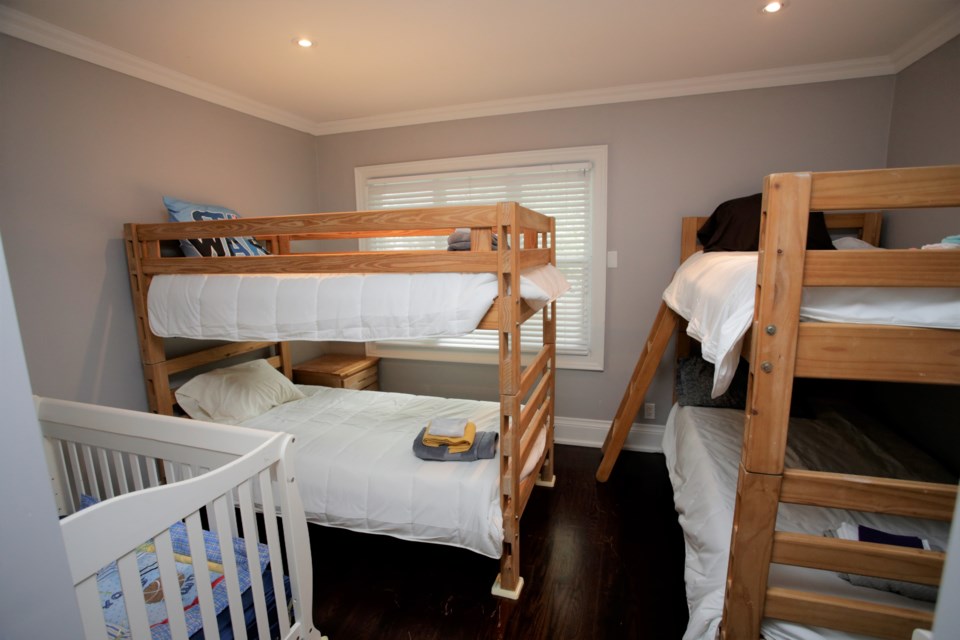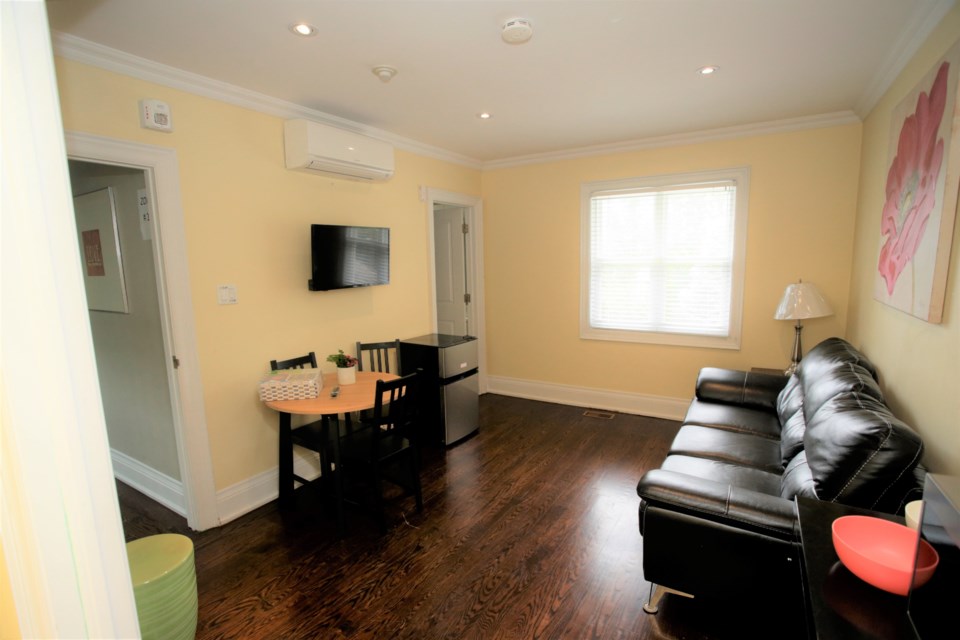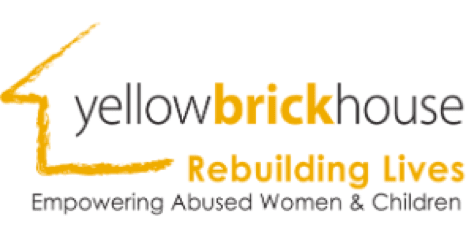Yellow Brick House abuse shelters renovate for COVID-19 safety
After a six-month renovation to make it COVID-safe, Yellow Brick House will welcome women and families back to its Markham emergency shelter in September.
Funding for the modifications were made possible by a $150,000 Resilient Community Fund grant — an Ontario Trillium Foundation grant that helps non-profit organizations recover from the impacts of the COVID-19 pandemic.
“Given the pandemic, we could not continue the services the same way, so we had to drastically change what we do,” said Lorris Herenda, executive director of Yellow Brick House.
“We’ve been successful in keeping with that level (of safety) since the beginning of the pandemic and we want to ensure that we continue being safe.”
During the pandemic, women and families were relocated to alternative housing until funding to modify the shelters was secured.
When the shelter was created, it was designed as communal living, in which women shared rooms with other women.
Each of its five bedrooms housed 16 beds and three cribs.

The shelter’s layout has been redesigned with family zones so that families are segregated from each other and each family has its own bedrooms and living room. The zones can accommodate smaller or larger families and single occupants.
In addition to the new layout, the kitchen has been renovated and a cook has been hired to serve meals to clients. An acrylic plastic partition divides the cook from the family receiving the food in the kitchen and when staff conducts one-on-one counselling, an acrylic plastic partition is between them and their clients.
Other changes include the addition of wall-mounted hand sanitizers, signage, break-out lounge area accommodations and overall improved air flow.
“We’re very excited about this idea because now were able to move families from the alternative housing back into the shelter and still keep everybody safe and COVID-free,” she said.
Renovations have already begun on the organization’s Aurora emergency shelter facility and completion is set for late fall or early winter.
“As we navigate a new disrupted reality that includes physical distancing, this project has moved Yellow Brick House’s essential emergency housing and counselling space into readiness for later stages of the pandemic and post-pandemic,” Herenda said in a statement.
Many organizations reported an increase in domestic violence during the pandemic. The Assaulted Women’s Helpline (AWHL) — a 24-hour crisis hotline for women across the province experiencing abuse — received 93,444 calls from 2020-2021 compared to 50,648 from 2019-2020, said Yvonne Harding, manager of resource development.
Herenda said that while domestic violence rates “increased drastically during the pandemic,” a lot of women weren’t able to safely reach out for help because lockdowns forced them to be isolated at home with their abusers.
There has already been an increase in the number of crisis calls, she said, and she anticipates that with the reopening of the province, more women will have the opportunity to get help.
Herenda said that many perpetrators used the pandemic as leverage to keep women from seeking help by telling them that they or their children will get sick if they leave.

A national survey of shelters and transition houses that serve women and children affected by violence conducted in 2020 by Women’s Shelters Canada found that from March to May 2020 when many parts of Canada were in lockdown, 59 per cent of respondents said calls decreased, whereas from June to October 2020 when safety measures began to ease, 61 per cent reported that calls increased.
Since 1978, Yellow Brick House has provided services to women and children escaping domestic violence and abuse.
Last year, it helped more than 2,000 women and families through its two emergency shelters, 24-hour crisis support hotline, community counselling to families who are not at the shelters and family court, transitional housing and group support services.
Yellow Brick House emergency shelter beds can accommodate up to 400 women and children but Herenda said it’s not enough to accommodate the “hundreds and hundreds” who need them.
“We definitely don’t have enough shelter beds in York Region; it’s been a struggle for us even pre-pandemic.”
Of the 51 beds and cribs that the shelter has, only half are funded by the provincial government.
Herenda said she’s been advocating to secure sustainable funding and more shelter beds from the province for nine years.
“There’s a dire need for more funding and we’re hoping we’re going to be heard eventually,” she said.
“We have been blessed with the York Region community who are very generous and our donors are extremely supportive of us and that’s enabled us to keep our doors open.”



